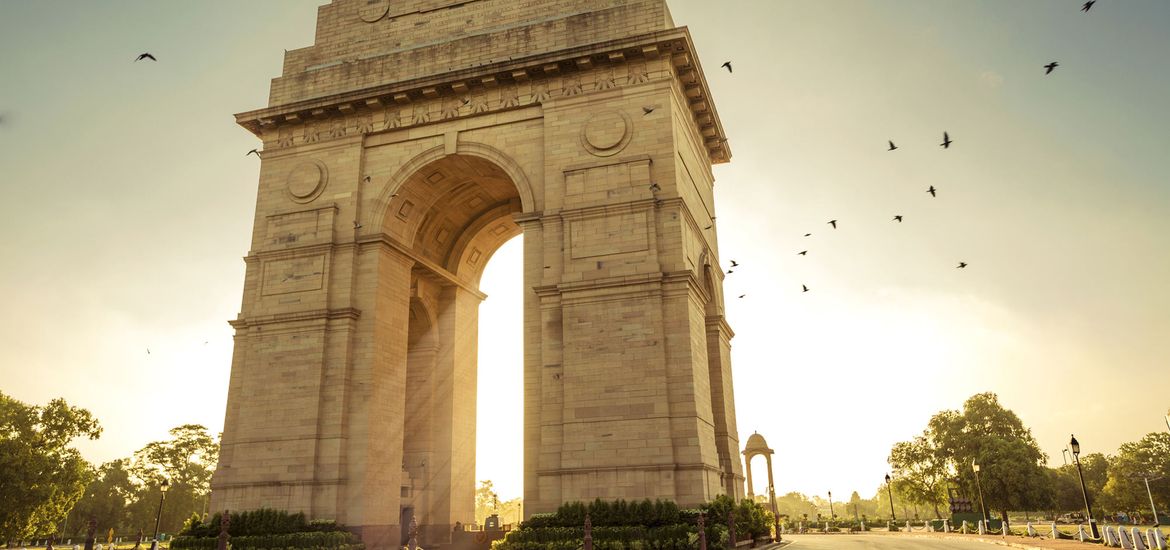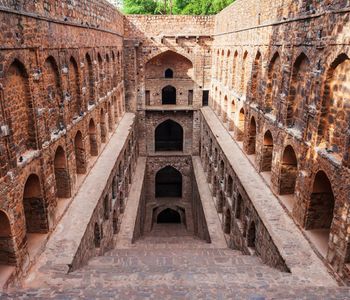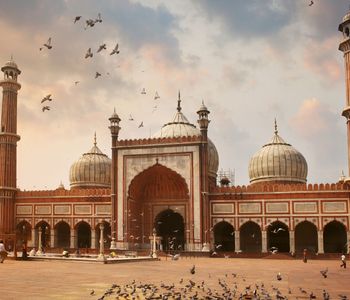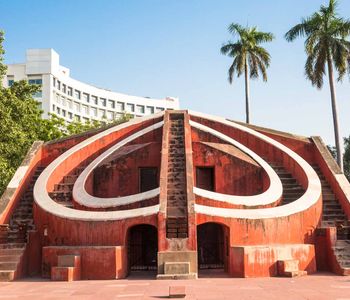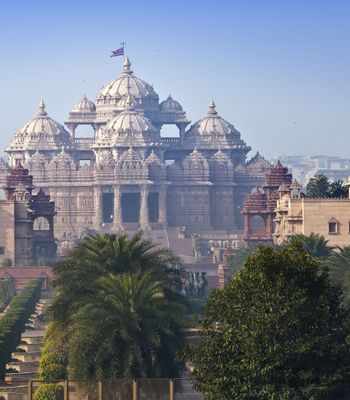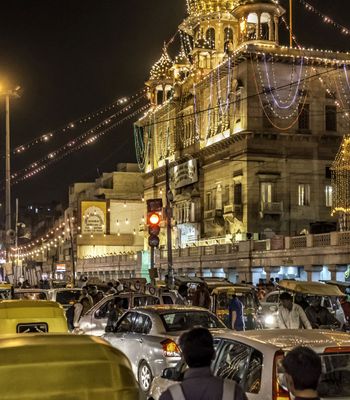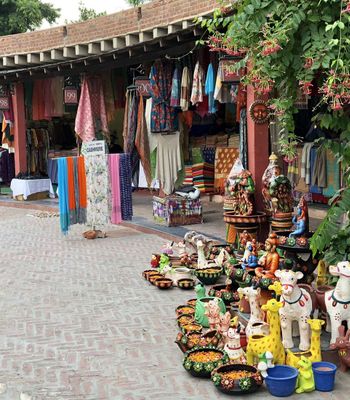New Delhi is one of the densest cities on Earth. As the capital, New Delhi's streets are constantly full of residents and tourists alike. A destination within New Delhi that draws a lot of attention from nearly everyone is India Gate. Indeed, this monument stands as a war memorial and reminder of the lives lost during the First World War. Explore the unique history behind this landmark and how you can enjoy a visit, too.
Construction
As you approach India Gate, it might remind you of another famous landmark called the Arc de Triomphe. Truthfully, both landmarks hail from the same architectural style. Historically, triumphal arches are built to commemorate a region's victory. Set over a street or passageway, triumphal arches allow victory processions to move through them.
With this background, India Gate's design was created by a British architect named Sir Edwin Lutyens. His goal was to create a secular landmark that celebrated British and Indian soldiers who were lost in the First World War. As a result, the first foundational stone was laid in 1921. By 1931, India Gate was ready to greet the masses. Standing 42 meters tall, India Gate is made entirely of red and yellow sandstone.
Monument's History
Because India Gate is a war memorial, there are several inscriptions carved into this landmark. For example, you'll find thousands of soldiers' names added to the sandstone. Reportedly, 13,000 names are native Indian soldiers alone. When you visit India Gate, pausing to read and reflect on these names is customary.
Although this memorial was built originally for the First World War, it also reflects the soldiers lost during the Indo-Pakistan War of 1971. At the memorial's base, a black marble shrine holding four eternal flames was constructed in 1972. During the day and night, Indian soldiers watch over this area as a tribute to all who were lost during those wars.
Getting to India Gate
India Gate resides in a hexagonal park, which houses other war memorials. It's surrounded by plenty of busy streets, so taking a rickshaw ride to India Gate is preferable. Ideally, head to the nearest metro stations, such as Udyog Bhawan or Khan Market, for the quickest rides. Here, you can hire an auto-rickshaw to speed up your trip.
Although it's possible to walk around the city, busy streets and long distances may make this travel choice a challenge. Rickshaws are constantly moving around the city, which means you won't wait long for a ride.
Enjoying the Grounds
Alternatively, discover other features surrounding India Gate, such as the nearby fountain. This tall structure complements India Gate as a perfect backdrop for a photo. If you have children, take them to the nearby Children's Park. Here, a playground and other diversions will keep families excited throughout the day. Nearby, other memorials deserve attention, including the National War Memorial and Param Vir Memorial.
Picnicking at India Gate
The green lawn surrounding India Gate is a perfect place for a picnic. Take a tip from the locals, and walk over to Pandara Road Market. Many street food vendors sell their delicacies here. Pick up some refreshments, and enjoy a picnic looking up at the landmark. On a hot day, ice cream is often the food of choice among the locals.
Planning a Trip
Schedule a visit to India Gate when the weather is moderate, such as early spring or early fall. During these periods, the temperatures and monsoons aren't as extreme. Luckily, the memorial is always open to the public and requires no admission charge.
In addition, you may want to schedule a visit around certain holidays. For instance, August 15th is Independence Day. Colorful decorations surround the memorial, and many celebrations occur in the city on this date. Alternatively, choose Republic Day on January 26th as your visiting day. Both dates serve as reminders that this landmark reflects the nation's pride and perseverance during tough times.
India has a rich history that extends well past this memorial's footprint. As you travel, seek out other monuments and landmarks so that you can understand the Indian people on a deeper level. In the end, travel within India can enrich your mind and teach you about this amazing culture.
